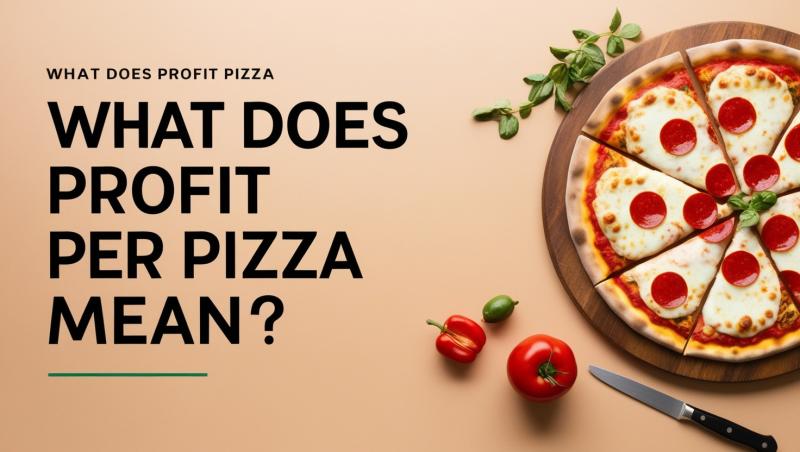What Are The 5 Mandatory Requirements For Labeling Packaged Food?
Labeling is not only about making information visible to customers but is also a crucial aspect of transparency, safety, and regulatory compliance. Magnificent food labeling is necessary to provide sufficient information about products to potential customers who are looking to buy and consume. Here, we will discuss five mandatory requirements for the labeling of packaged food.
Product Identity
The fundamental purpose of labeling on food packaging is to provide the proper identification of items. This means you have to include a descriptive food term or a common name on the label. The product identification information must displayed effectively on the front side of the packaging to eliminate confusion.
You can use a common name for products such as whole wheat bread. When you find that common is not sufficient, it is good to include descriptive terms such as low-fat yogurt. It is important to consider the prominence of labeling, allowing consumers to read the information easily.
Net Quantity of Contents
It is important to mention the net quantity of your products, which is an essential requirement for labeling. This label must indicate the amount of food in customized food boxes. The ingredients on food labels should be listed in order of weight, volume, or numerical count. This measurement must be available in the imperial and metric units to fulfill the requirements of various markets.
It is very important to maintain the accuracy for the precision of measurement while reflecting the actual quantity of food in the box. The dual declaration is important to use both metric, such as imperial (pounds, ounces) and metric (liters, grams) units. The information must be available in the principal display panel close to the bottom of the package.
Ingredient List
The list of ingredients conveys comprehensive information to consumers. The ingredients must mentioned in descending order by their weight. Therefore, you will list the most prevalent ingredients at the top of the list. It will help consumers to make a well-informed decision when they have dietary or allergy restrictions.
The listing will help consumers read the ingredients used to make the products. Moreover, you can also include the sub-ingredients in the list. It is very important to include an allergen disclosure to highlight the allergens such as soy, dairy, and nuts.
Nutrition Facts
It is mandatory for your food business to include mandatory labeling to describe the packaged food and convey the necessary information on nutritional content to the consumers. The nutritional facts panel consists of information such as minerals, vitamins, proteins, carbohydrates, fats, and calories.
The standard format is set by the regulatory body of government for the nutrition facts panels of the packaging. You have the control to include essential information about the different nutrients such as sugars, dietary fiber, sodium, cholesterol, and saturated fat. Moreover, additional information can consist of the percentages of regular values for the minerals and vitamins on the basis of a 2,0000-calorie diet.
Manufacturer or Distributor Details
Which statement about packaging is the most accurate? It usually consists of information about the distributor or manufacturer of the products. This essential requirement ensures accountability and traceability, enabling customers to contact the responsible personnel easily. Therefore, customers can share their concerns or questions with the manufacturer or distributor.
Do you need FDA approval to sell food? It depends on the nature of your food business. You must provide complete contact information, including the name and address of the distributor, packer, or manufacturer.










Comments